May 29, 2025
Forest conservation technology is transforming how we protect the world’s forests. From space-based carbon-tracking satellites to ground-level IoT sensors that detect smoke and chainsaws, these high-tech tools are helping prevent wildfires, preserve biodiversity and identify illegal logging.
“We’re moving from people in towers looking for smoke to being able to monitor wide areas and identify issues before they expand,” said IEEE Senior Member Paul Kostek.
Forests At Risk
Forests are critical global assets in the fight against climate change because growing trees store planet-warming carbon dioxide. But each year, the planet loses thousands of square miles of forests. Between 2020 and 2023, the planet lost an average of 15,250 square miles each year, an area roughly the size of Switzerland.
The reasons for forest loss are varied. Climate change has made wildfires worse. About one-third of all tree-cover loss each year is due to wildfires, outpacing other causes like mining and forestry. The loss of habitat is a particular threat to biodiversity in regions like the Amazon, a vast area that covers just 1 percent of the planet’s surface but is home to 10 percent of land-based species.
Urbanization and agriculture also result in tree loss every year.
Monitoring From Above
Satellites are an especially important asset in the forest conservation arsenal, because they allow researchers to monitor large areas of forest, for issues. The view from above can give conservationists an extremely accurate picture of how much forests are gaining or losing ground.
But satellite technology also can get a granular view of what’s happening inside forests.
“Synthetic aperture radar can deliver detailed data on specific forest areas, helping assess the impact of natural events, such as disease, fires, floods and insect outbreaks, as well as human activities like commercial logging and land conversion,” The ability to detect early signs of blight caused by insects or disease is especially valuable, as it allows conservation teams to limit damage and direct resources to the areas that need attention most.”
But conservation teams don’t have to go into space to get a bird’s eye view.
Drones are also frequently deployed to monitor large swaths of forests. They have the advantage of being able to map fairly large areas quickly, while also offering a level of precision satellites can’t match.
And, in remote and hard-to-reach locations, specialized drones have been used to rapidly plant trees in areas damaged by deforestation. These machines also use LiDAR technology, a sensing method that sends pulses of laser light to determine the presence, shape and distance of objects, to map out the height and shape of trees, or analyze the structure of tree canopy. These methods offer detailed information about the health of forests.
How IoT Boosts Conservation
IoT-enabled sensors have also been deployed to help preserve forests. They can monitor environmental parameters such as temperature, humidity, smoke, CO2, methane and air quality. Acoustic sensors, meanwhile, detect fire sounds, distressed wildlife and illegal logging activities.
“IoT devices can collect and transmit real-time data on forest conditions with minimal delay,” said IEEE Senior Member Inderpreet Kaur.
The deployment of IoT sensors can have two purposes. First, data can be used for long-term analysis, as well as the integration into artificial intelligence systems.
“AI-powered data prediction and preventive analysis will act as a game changer by analyzing this data to detect early signs of wildfires, deforestation and biodiversity loss.”
Sensors can also help park rangers and conservation officials respond immediately if, for example, an acoustic sensor detects the sound of chainsaws in an area where logging isn’t permitted.
Technology Alone isn’t Enough
While technology is an emerging tool in the conservation toolbox, it still requires human expertise, funding and political will to have a meaningful impact. Conservation efforts often face resistance from local communities, and success typically depends on extensive dialogue with stakeholders.
“Do we stop them from using existing techniques, like burning areas to create farmland or cutting down trees for heat, and instead introduce newer methods of land management that utilize technology?” Kostek said. “And who will use and manage this technology, the communities themselves or outside providers? The same questions apply to pursuits like mining, oil drilling and forestry in long-protected areas. We need to balance the economic needs of these regions, such as jobs and businesses, against the long-term environmental impact and how it affects other users.”
Branch Out: Want to learn more about the ways technology can help drive sustainability? Check out Planet Positive 2030 from the IEEE Standards Association.
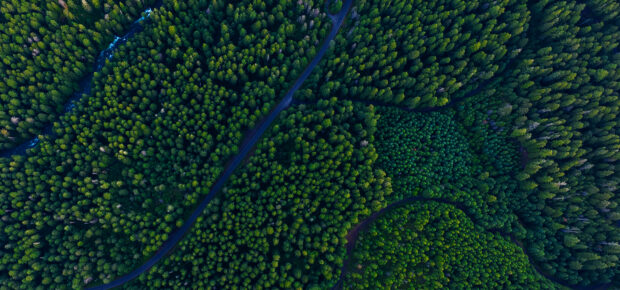



 Meaningful Momentum or Running in Place?
Meaningful Momentum or Running in Place?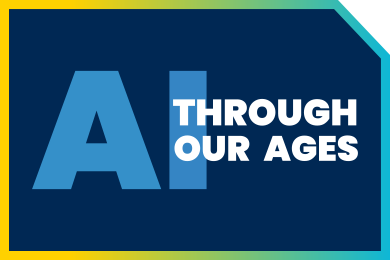 AI Through Our Ages
AI Through Our Ages Liquid Infrastructure: Our Planet's Most Precious Resource
Liquid Infrastructure: Our Planet's Most Precious Resource The Impact of Technology in 2025
The Impact of Technology in 2025 Quantum and AI: Safeguards or Threats to Cybersecurity?
Quantum and AI: Safeguards or Threats to Cybersecurity? Why AI Can't Live Without Us
Why AI Can't Live Without Us Bits, Bytes, Buildings and Bridges: Digital-Driven Infrastructure
Bits, Bytes, Buildings and Bridges: Digital-Driven Infrastructure Impact of Technology in 2024
Impact of Technology in 2024 Emerging AI Cybersecurity Challenges and Solutions
Emerging AI Cybersecurity Challenges and Solutions The Skies are Unlimited
The Skies are Unlimited Smart Cities 2030: How Tech is Reshaping Urbanscapes
Smart Cities 2030: How Tech is Reshaping Urbanscapes Impact of Technology 2023
Impact of Technology 2023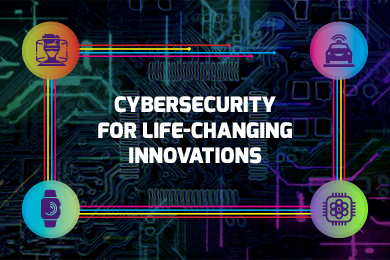 Cybersecurity for Life-Changing Innovations
Cybersecurity for Life-Changing Innovations Smarter Wearables Healthier Life
Smarter Wearables Healthier Life Infrastructure In Motion
Infrastructure In Motion The Impact of Tech in 2022 and Beyond
The Impact of Tech in 2022 and Beyond Cybersecurity, Technology and Protecting Our World
Cybersecurity, Technology and Protecting Our World How Technology Helps us Understand Our Health and Wellness
How Technology Helps us Understand Our Health and Wellness The Resilience of Humanity
The Resilience of Humanity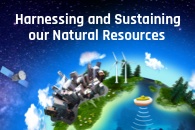 Harnessing and Sustaining our Natural Resources
Harnessing and Sustaining our Natural Resources Creating Healthy Spaces Through Technology
Creating Healthy Spaces Through Technology Exceptional Infrastructure Challenges, Technology and Humanity
Exceptional Infrastructure Challenges, Technology and Humanity The Global Impact of IEEE's 802 Standards
The Global Impact of IEEE's 802 Standards Scenes of our Cyber Lives: The Security Threats and Technology Solutions Protecting Us
Scenes of our Cyber Lives: The Security Threats and Technology Solutions Protecting Us How Millennial Parents are Embracing Health and Wellness Technologies for Their Generation Alpha Kids
How Millennial Parents are Embracing Health and Wellness Technologies for Their Generation Alpha Kids Space Exploration, Technology and Our Lives
Space Exploration, Technology and Our Lives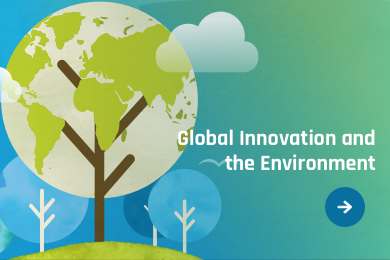 Global Innovation and the Environment
Global Innovation and the Environment How Technology, Privacy and Security are Changing Each Other (And Us)
How Technology, Privacy and Security are Changing Each Other (And Us) Find us in booth 31506, LVCC South Hall 3 and experience the Technology Moon Walk
Find us in booth 31506, LVCC South Hall 3 and experience the Technology Moon Walk Virtual and Mixed Reality
Virtual and Mixed Reality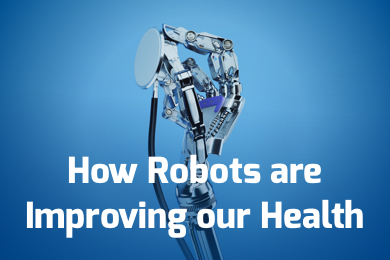 How Robots are Improving our Health
How Robots are Improving our Health IEEE Experts and the Robots They are Teaching
IEEE Experts and the Robots They are Teaching See how millennial parents around the world see AI impacting the lives of their tech-infused offspring
See how millennial parents around the world see AI impacting the lives of their tech-infused offspring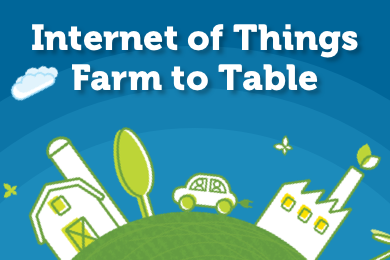 Take the journey from farm to table and learn how IoT will help us reach the rising demand for food production
Take the journey from farm to table and learn how IoT will help us reach the rising demand for food production Watch technical experts discuss the latest cyber threats
Watch technical experts discuss the latest cyber threats Explore how researchers, teachers, explorers, healthcare and medical professionals use immersive technologies
Explore how researchers, teachers, explorers, healthcare and medical professionals use immersive technologies Follow the timeline to see how Generation AI will be impacted by technology
Follow the timeline to see how Generation AI will be impacted by technology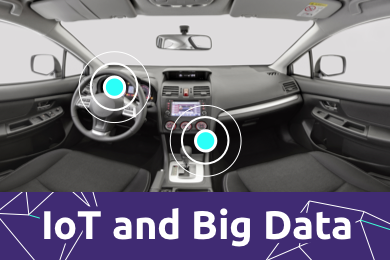 Learn how your IoT data can be used by experiencing a day in a connected life
Learn how your IoT data can be used by experiencing a day in a connected life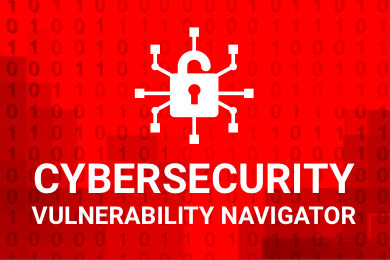 Listen to technical experts discuss the biggest security threats today
Listen to technical experts discuss the biggest security threats today See how tech has influenced and evolved with the Games
See how tech has influenced and evolved with the Games Enter our virtual home to explore the IoT (Internet of Things) technologies
Enter our virtual home to explore the IoT (Internet of Things) technologies Explore an interactive map showcasing exciting innovations in robotics
Explore an interactive map showcasing exciting innovations in robotics Interactively explore A.I. in recent Hollywood movies
Interactively explore A.I. in recent Hollywood movies Get immersed in technologies that will improve patients' lives
Get immersed in technologies that will improve patients' lives